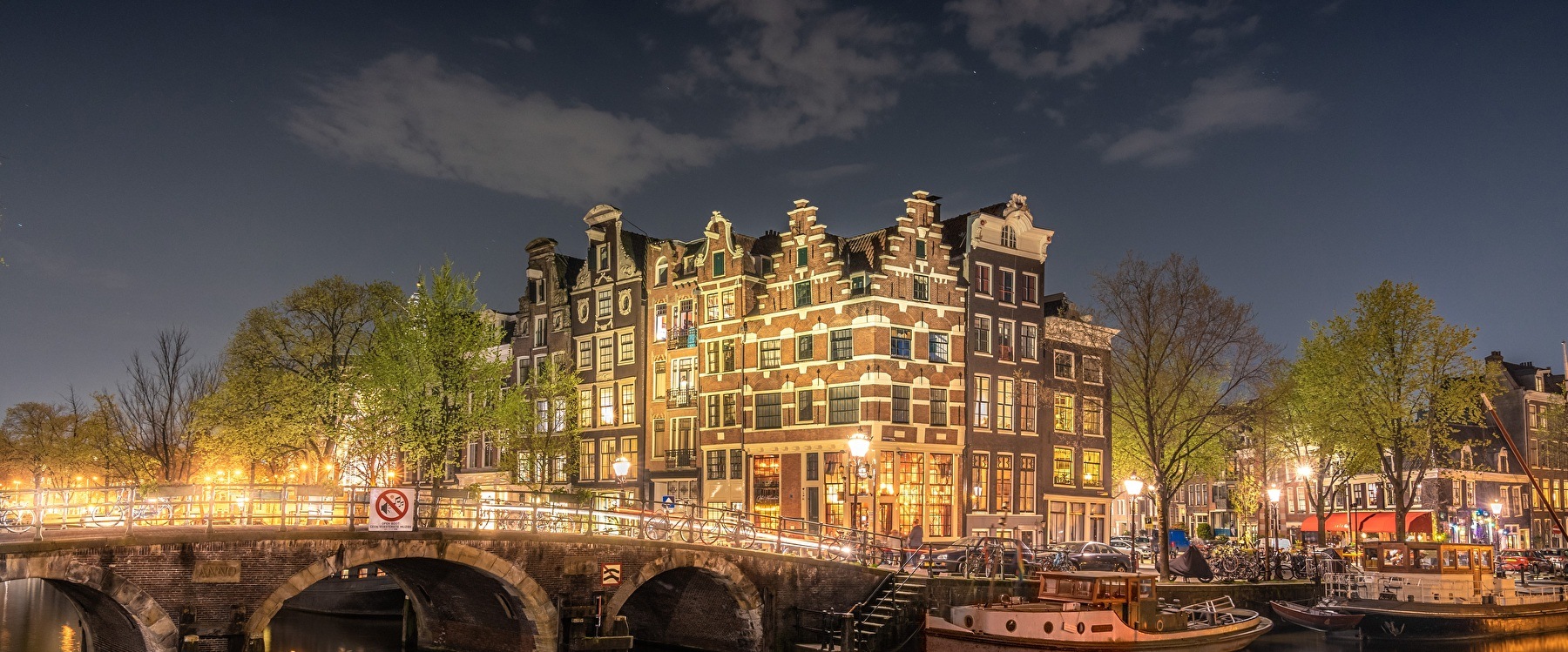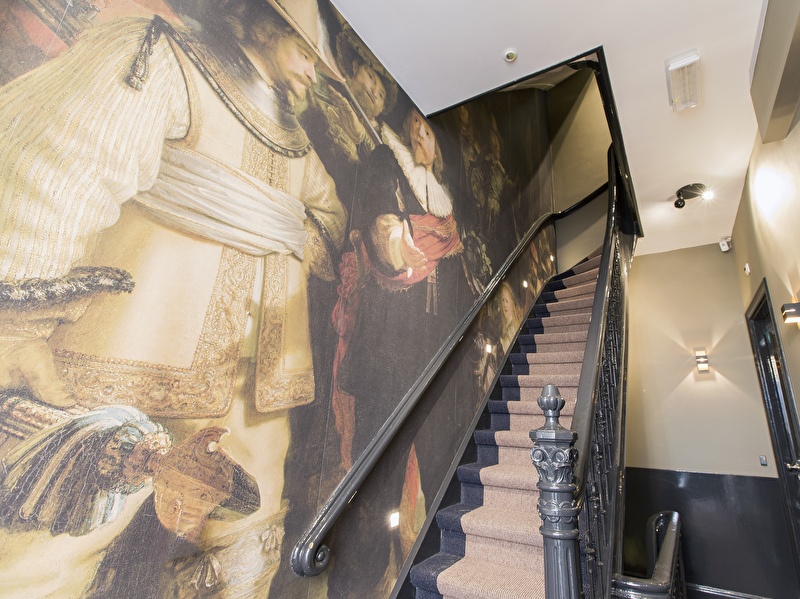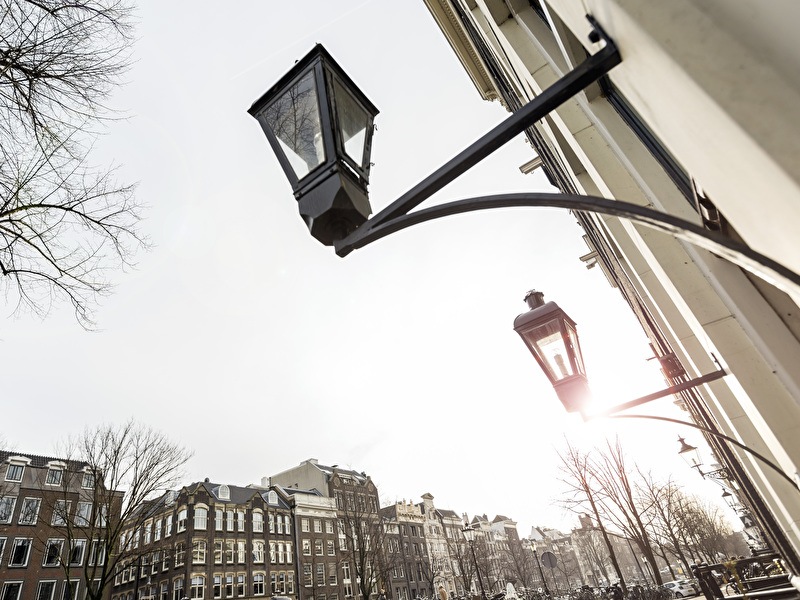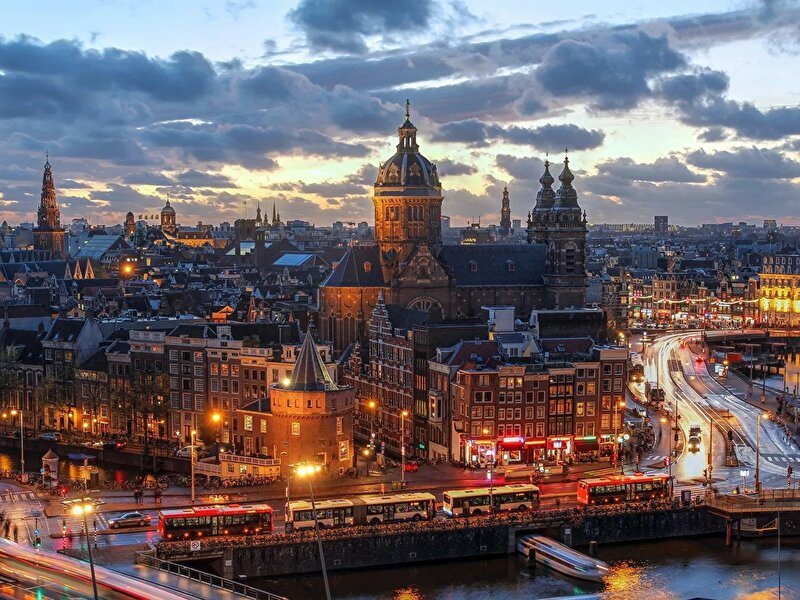A blast from the past
The birth of the Amsterdam Canal Hotels on the Canal Belt
The Golden Age
During the Golden Age in the 17th century, Amsterdam became one of the world’s most important trading centers. Amsterdam’s population doubled from 30,000 to 60,000 in the short period between 1570 and 1600. This expansion resulted in the construction if the world famous canal ring as the population continued to grow. By 1670, there were no fewer than 220,000 people living in the city.
The Canal Ring area, consisting of 4 main canals – Singel, Herengracht, Keizersgracht and Prinsengracht – was designed to serve the wealthiest residents of Amsterdam. The underclass was excluded from the canals due to the size and the prices of the buildings there. Because the lots were expensive, and there was a ban on the construction of alleys, it was impossible for poorer residents to construct smaller buildings. This is why all the canal houses are built right next to each other.
Moreover the primary canals, Herengracht and Keizersgracht, were used exclusively for residential housing. Commercial activities were not allowed in these houses. Warehouses and business, such as beer breweries, could be found on the Prinsengracht.



